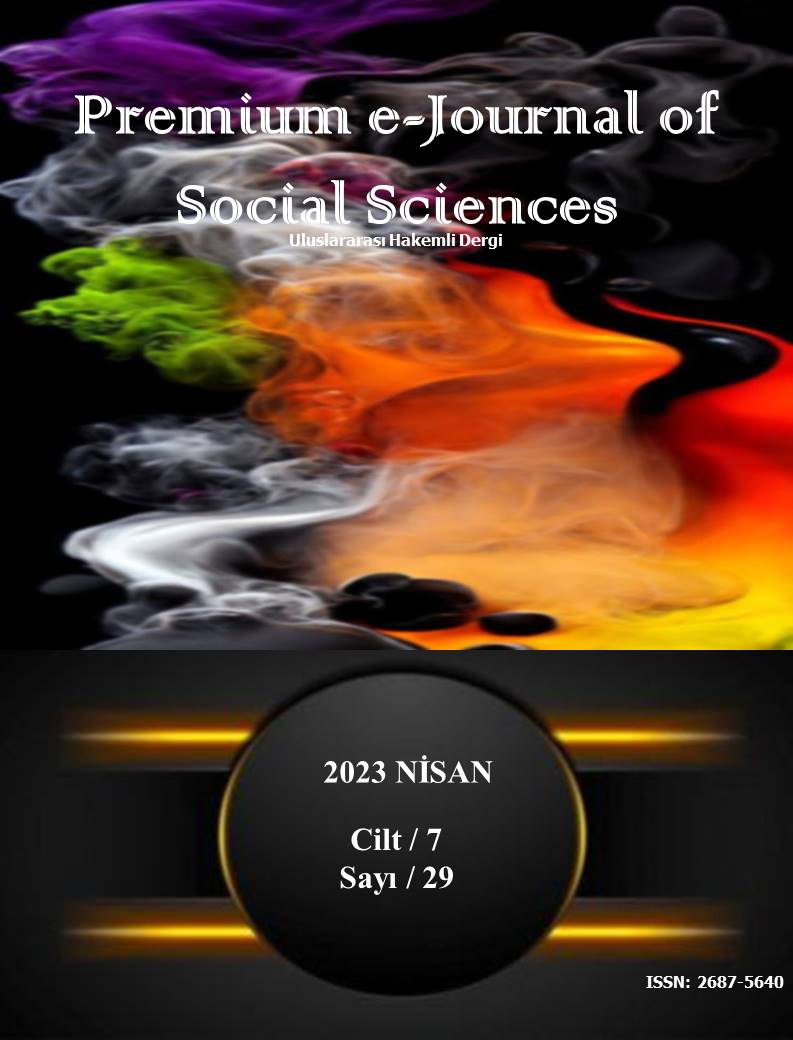INVESTIGATION OF THE RELATIONSHIP OF INFLATION-TOURISM REVENUES IN THE FREQUENCY FIELD AND WITH THE METHOD OF ASYMMETRIC CAUSEMENT
DOI:
https://doi.org/10.37242/pejoss.4373Keywords:
Inflation, Tourism Revenue, Causality, TurkeyAbstract
The aim of this study is to examine the causality between inflation and tourism revenues from multiple perspectives. Monthly time series data between 2012 and 2022 was used in the study. The data of the variables were obtained from the online database of Turkish Statistical Institute (TURKSTAT) and the Central Bank (EVDS). Since the series are monthly, they are seasonally adjusted. In the empirical findings part of the study, first of all, the ADF unit root test was performed to understand whether the variables had a unit root. ARDL bounds test was used for the existence of cointegration between the series whose stationarity level was tested, Breitung-Candelon Frequency domain causality test, Hacker-Hatemi-J Bootstrap Causality Test and Hatemi-JAsymmetric Causality Test were used to determine causality and the findings were evaluated and interpreted respectively. As a result of the study; It has been determined that there is causality from the positive component of tourism revenues to the negative component of inflation, from the negative component of tourism revenues to the positive component of inflation, and from the negative component of inflation to the positive component of tourism revenues. In addition, the periodic causality results show that there is causality in the short run from tourism revenues to inflation, there is no causality in the medium and long run, and there is only causality in the medium run from inflation to tourism revenues.
Downloads
Downloads
Published
How to Cite
Issue
Section
License
Copyright (c) 2023 Premium e-Journal of Social Science (PEJOSS)

This work is licensed under a Creative Commons Attribution 4.0 International License.


